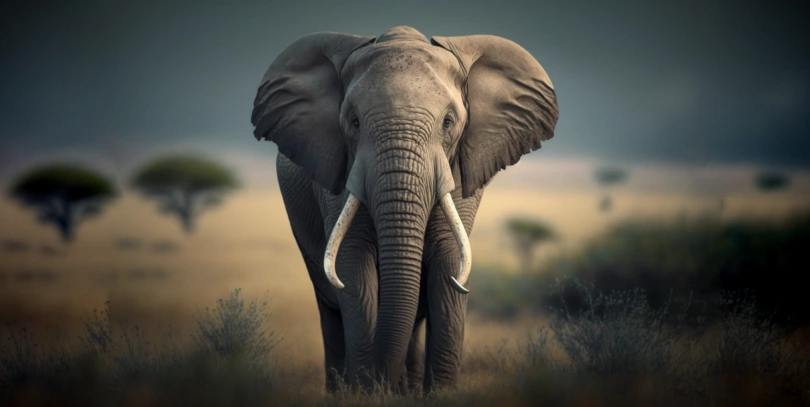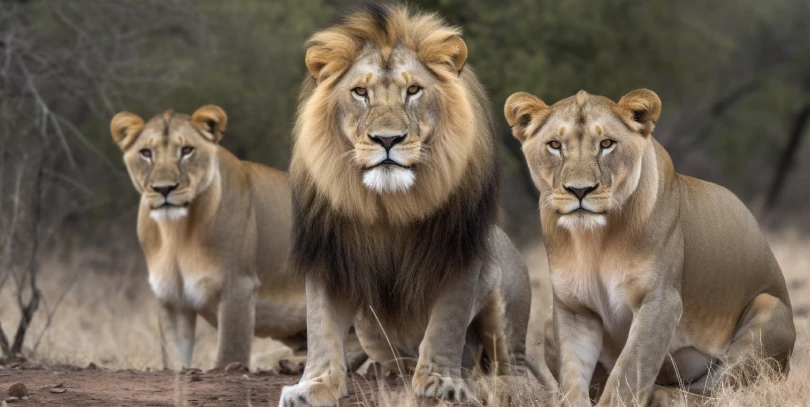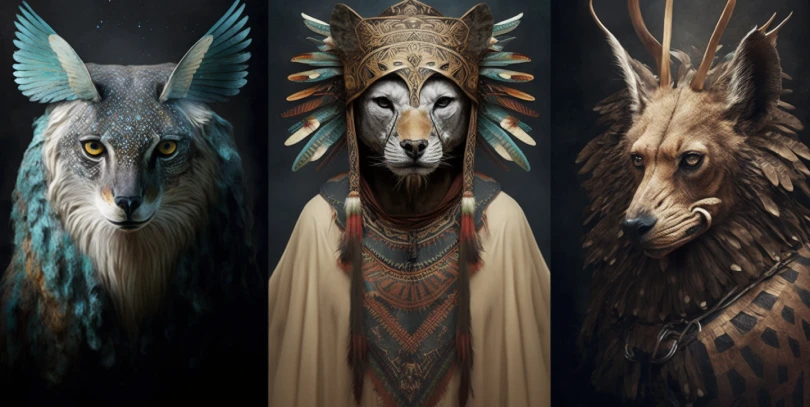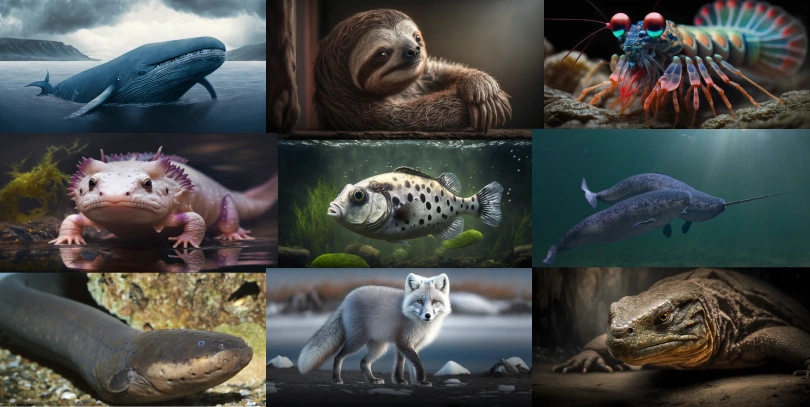Elephants are some of the most majestic creatures on the planet. From their unique trunk to their amazing memories, they have many fascinating characteristics. Explore the fascinating behavior and biology of the biggest land mammals. Learn about the intelligence and social life of elephants, their unique physical characteristics, their diet and habitat, and more. Discover why these majestic creatures have been revered for centuries!
- Elephants have a remarkable diet, feeding on over 300 different types of plants! They are herbivores, meaning they strictly eat plants and vegetation.
- As a result of their massive size, they have one of the best memories in the animal kingdom and can recall specific events from as long as 20 years ago!
- Elephants have impressive anatomy; they are the only mammal with four knee joints – two in the front legs and two in the back!
- The longest tusks ever recorded belonged to an elephant that stood 16,4 feet (5 meters) long!
- Elephants communicate through low-frequency sounds known as “rumbles” which can travel up to 6 miles under ideal conditions.
- An adult elephant can consume up to 600 lbs of food a day!
- One study found that elephants have an incredible sense of smell; they can detect differences between 2 million different odors and are even able to differentiate between the smell of a lion and a hyena!
- Elephants are highly social creatures and often touch each other as a way to show affection and comfort.
- Elephants use their trunks for many things, including smelling, drinking water, eating, and as weapons to deter predators.
- To stay cool in hot climates, elephants use their trunk-like noses to spray water on themselves as well as a fan their ears while walking!
- Elephant tusks are two large teeth that never stop growing throughout their lives – they reach up to 10 feet long!
- Elephants are excellent swimmers, but they will only take to water if necessary.
- Elephants possess a unique social structure as they live in matriarchal herds and are led by the oldest female.
- Elephant societies typically consist of 10-15 individuals, with one dominant female being accompanied by all the other females and several males, which may or may not be related to her!
- Elephants have large families, with each adult female usually having two or three offspring throughout her lifetime.
- Elephant calves are born blind and it takes up to two years for them to start developing their sight!
- Female elephants form strong bonds with their young and will stay together until they reach adulthood; males leave the herd around puberty and live solitary lives thereafter.
- Despite their size, elephants are surprisingly agile and can run at speeds of up to 25 miles per hour (40 km/h)!
- To protect themselves from the sun, elephants have developed several different adaptations; their ears are long and sensitive to allow them to hear in noisy areas and their lower legs have pads that are covered with a thick layer of skin, known as the “plantar wart”.
- An adult elephant’s skin is about an inch thick and can weigh up to 1,500 pounds!
- Elephants’ feet are padded like a cushion to help reduce their noise while walking on hard surfaces.
- An elephant’s ear has more than double the number of nerve endings than an ordinary human ear!
- Research suggests that it is feasible to reprogram an elephant’s mind through the use of certain tones while they are asleep. This practice is known as “brainwashing” and has become a source of fascination in the scientific community.
- A newborn elephant is typically referred to as a calf. The term for a young female elephant is cow, while an adult female is known as an “auntie”.
- Elephants have a long lifespan in the wild and can live up to around 60 years. In captivity, however, the average age of an elephant is between 30 to 40 years.
- Fascinatingly, if the tusks of an adult male elephant are removed, he will be able to regrow a new set within three months!
- Elephants have limited vision and mainly rely on their sense of smell for locating food sources and mating partners.
- The trunk of an elephant can execute up to 180 actions, thanks to its 50,000 muscles. These actions include grabbing, dragging, lifting, pushing, and transportation!
- Elephants have been observed to use objects such as sticks, stones, and branches for various activities like scratching themselves or digging for water in times of drought.
- African and Asian elephants are the last surviving species of their kind in the world today.
- In some regions of Africa, elephants are highly revered as sacred and worshipped by the local tribes. Their spiritual significance is immense in these areas.
Elephants are remarkable creatures, and the facts about them demonstrate their complexity. Their intelligence, size, and behavior make them one of the most iconic and interesting animals on earth. Learning about elephants can provide us with insight into a variety of topics. It is essential to recognize the significance of these creatures for our planet’s sustainability. Taking care to ensure their safety ensures that people in the future will be able to enjoy them just as we do today.
Sources:






